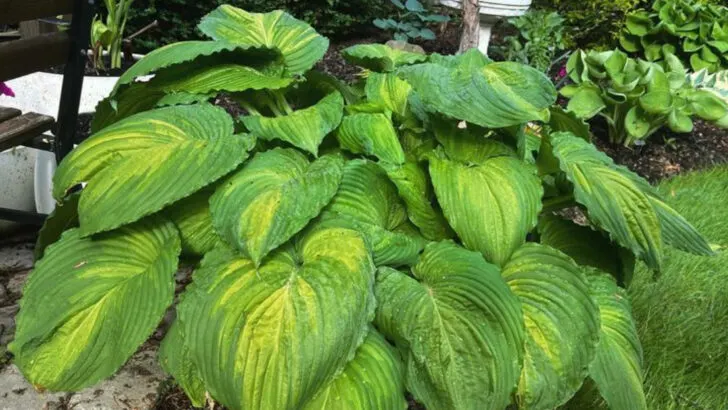Just because a plant is labeled “sun-loving” doesn’t mean it’s ready for a full-on summer meltdown. When the real heat hits—those scorching afternoons, relentless dry spells, and 90+ degree days—not all garden favorites hold up as well as you’d hope. Some will wilt dramatically by noon, others might crisp at the edges and silently judge your watering schedule. Meanwhile, a few surprisingly tough plants will just keep blooming like it’s a breezy spring day.
In this list, we’re calling out the true heat champions—the ones that don’t flinch when the sun turns brutal and the soil starts drying out. They flourish in the hottest weeks of the year and ask for very little in return. And then we’ll meet the heat fakers—plants that act like they’re sun lovers but really prefer milder days and a bit of pampering.
If you’ve been wondering why some of your garden looks tired by mid-July while other parts are thriving, this guide is for you. Know who’s built for the heat—and who just pretends. Your summer garden will thank you.
Cacti
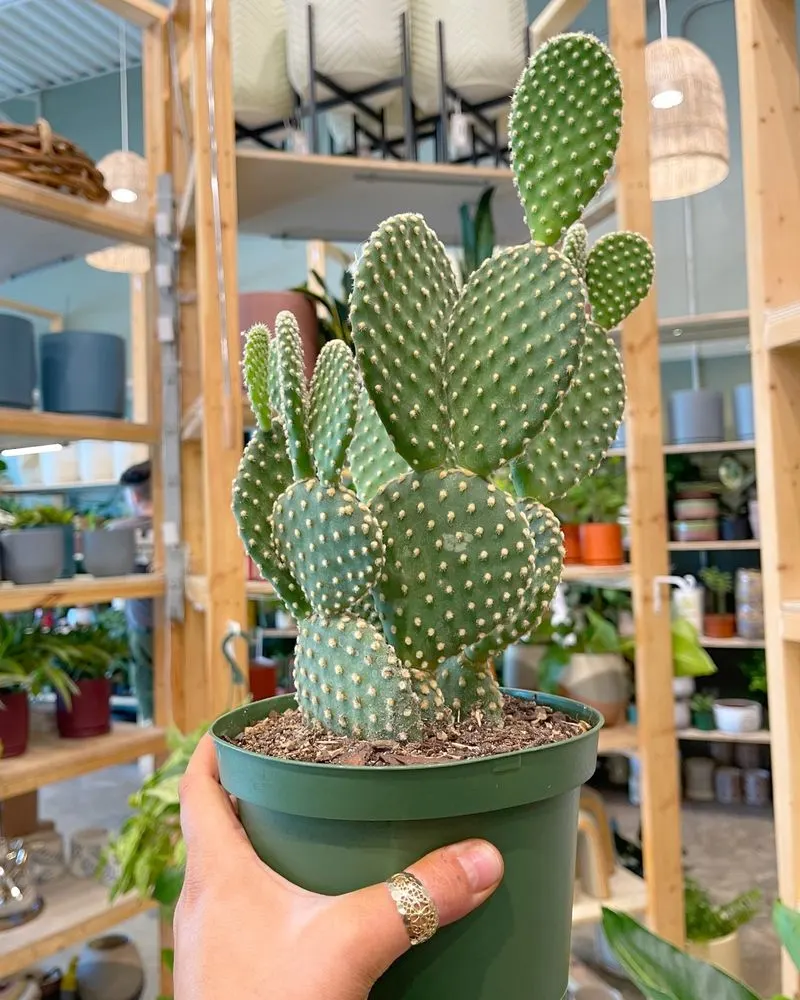
Cacti, with their unique ability to store water, are synonymous with endurance in arid conditions. Their thick, fleshy stems and spines are not just for show; they’re vital adaptations for surviving harsh heat. These plants thrive where others falter, proof of nature’s innovation. Native to the Americas, cacti are as varied as the regions they inhabit. From the towering saguaro to the petite prickly pear, each cactus tells a tale of survival. Their minimal water needs and striking forms make them a popular choice for xeriscaping enthusiasts seeking low-maintenance yet dramatic greenery.
Succulents
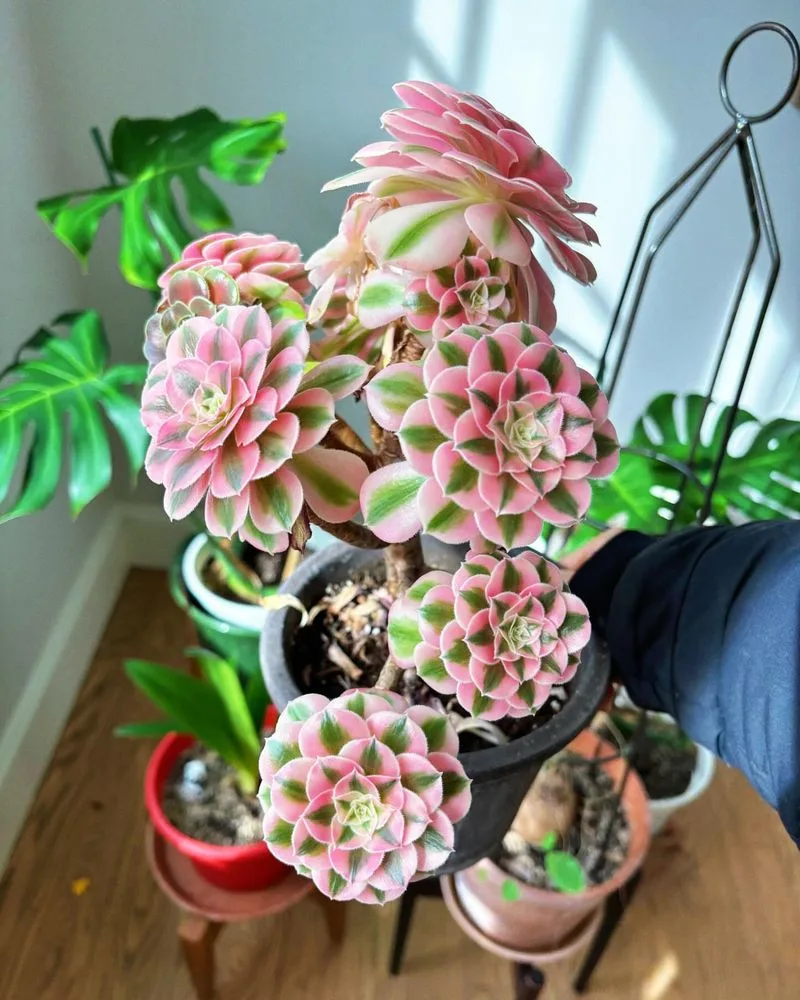
Ever wondered how some plants look fresh without frequent watering? Succulents hold the secret. These plants store water in their leaves, allowing them to withstand prolonged dry spells. They come in various shapes and sizes, each with a unique charm and resilience. Originating from regions with sporadic rainfall, succulents are masters of frugality. Their ability to thrive in pots or gardens makes them favorites among urban gardeners. Whether in a hanging planter or adorning a rock garden, succulents add a touch of elegance while demanding minimal care.
Bougainvillea
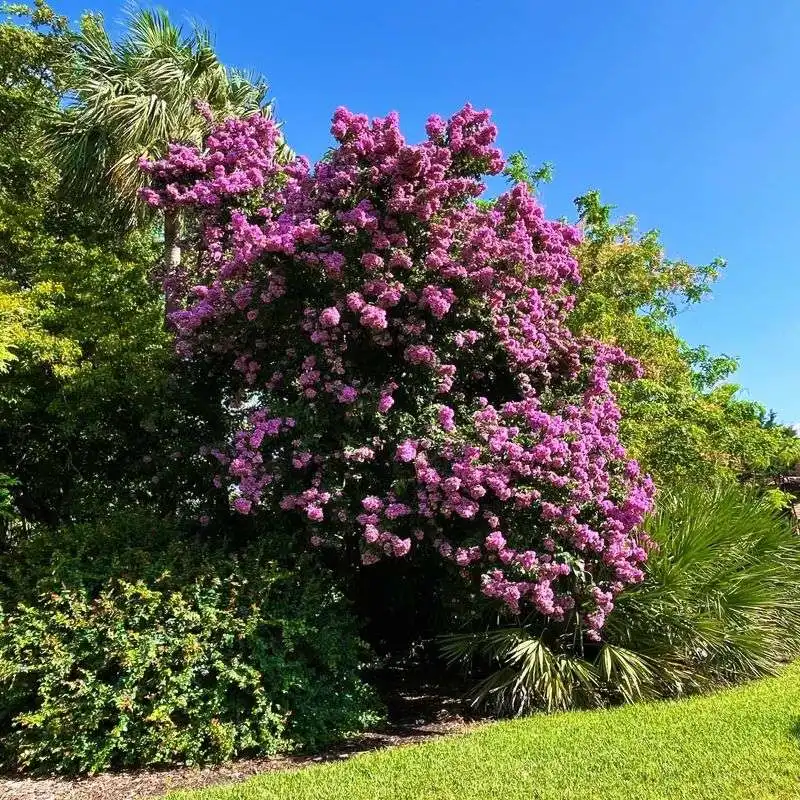
Bougainvillea is a riot of color in any garden. Its striking bracts, often mistaken for petals, provide a splash of vibrancy in hot climates. This plant thrives on neglect, preferring dry soil and full sun to bloom profusely. Originating from South America, it’s a favorite in Mediterranean and tropical gardens. Bougainvillea can be trained to climb trellises or cascade from hanging baskets, making it versatile in design. Its resilience and minimal watering needs make it ideal for those who want a low-maintenance, high-impact floral display.
Oleander
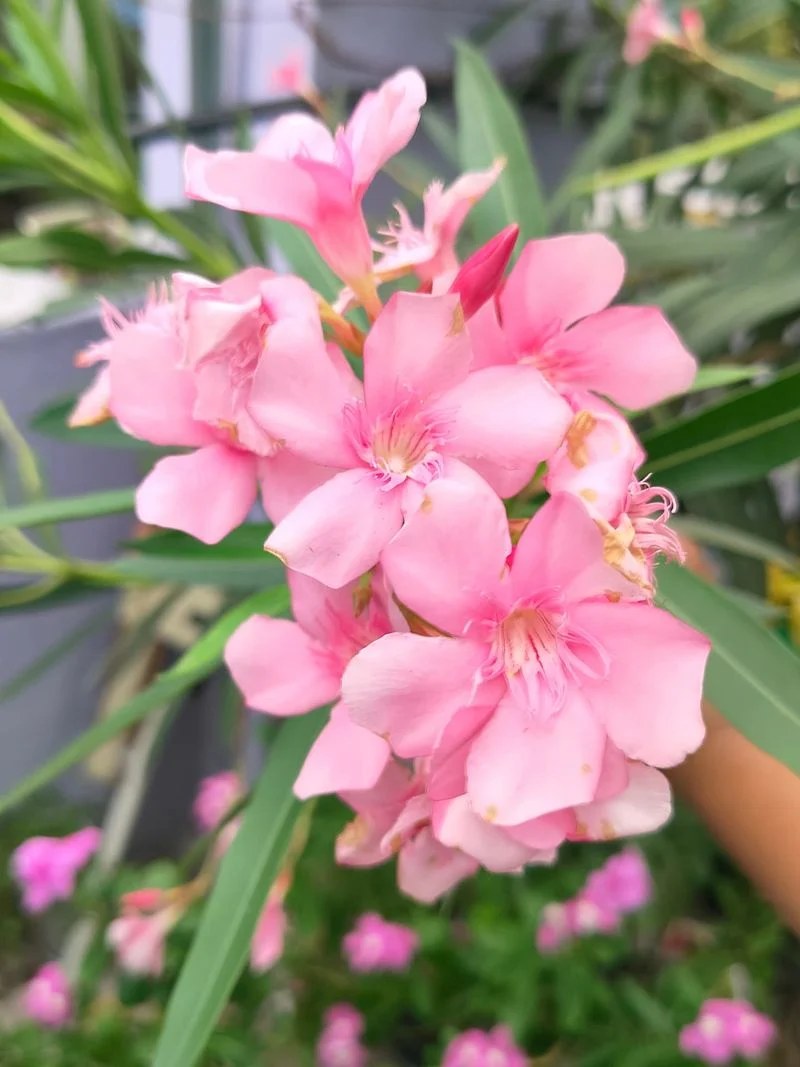
Oleander’s beauty belies its toughness. This evergreen shrub thrives in heat, producing fragrant flowers in shades of pink, white, and red. Native to the Mediterranean, oleander is a popular choice for privacy hedges and roadside plantings. Its ability to withstand drought and poor soil conditions makes it a gardener’s ally in hot climates. Beyond its visual appeal, oleander’s toxicity serves as a natural deterrent to pests. While admired for its beauty in challenging conditions, it’s important to handle this plant with care, especially around pets and children.
Lavender
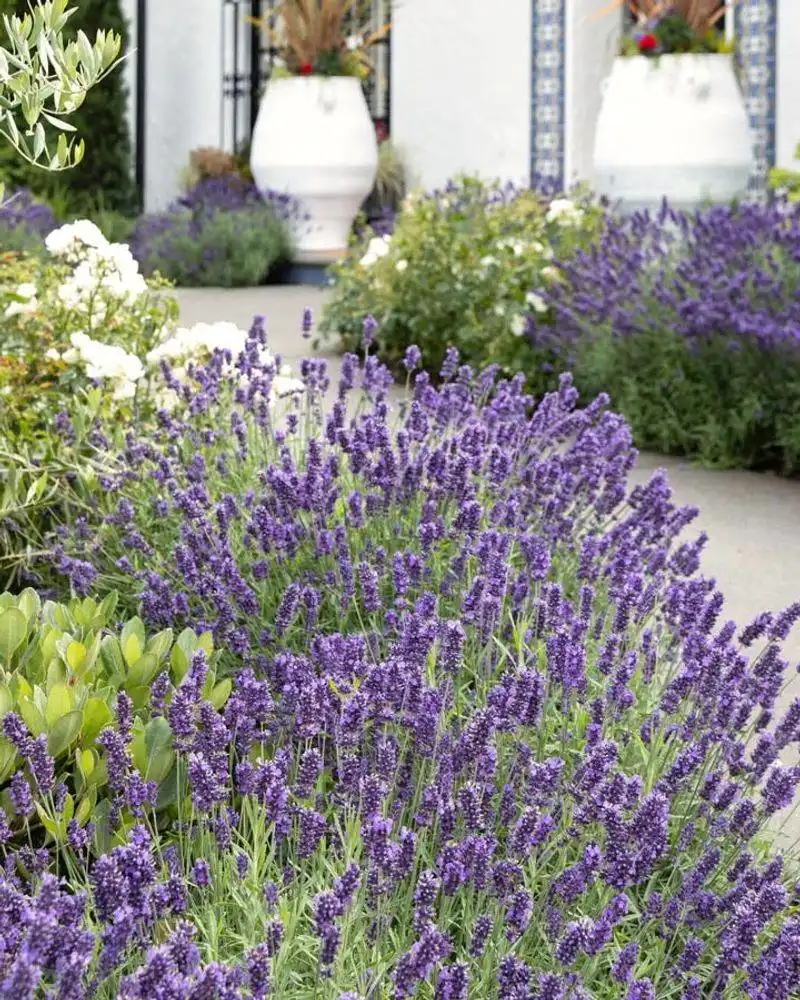
Lavender is famed for its fragrance and ability to thrive in the sun. Originating from the Mediterranean, it’s a staple in aromatic gardens. This plant prefers well-drained soil and plenty of sunlight, rewarding gardeners with beautiful purple blooms. Lavender’s calming scent isn’t just for humans; it’s a natural deterrent for pests. Its resilience in heat and drought makes it ideal for xeriscaping. Whether used in culinary dishes, homemade sachets, or as a garden centerpiece, lavender embodies a perfect blend of beauty and utility.
Agave
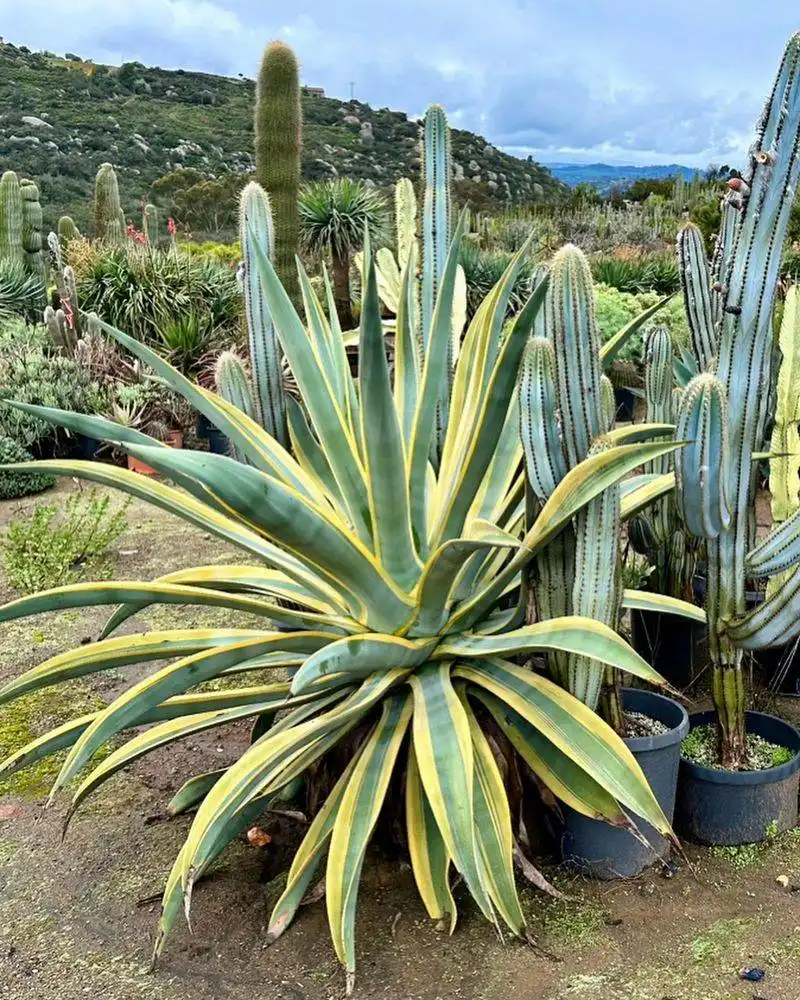
Agave is a plant with a dramatic presence. Its sculptural leaves and imposing size make it a standout in any garden. Native to arid regions, agave is synonymous with endurance, thriving where others might fail. Beyond its ornamental value, certain agave species are cultivated for tequila production, showcasing its versatility. This plant requires minimal water and can handle extreme heat, making it perfect for xeriscaping. With its bold form and low maintenance needs, agave is favored by those looking to create a striking, drought-tolerant landscape.
Aloe Vera
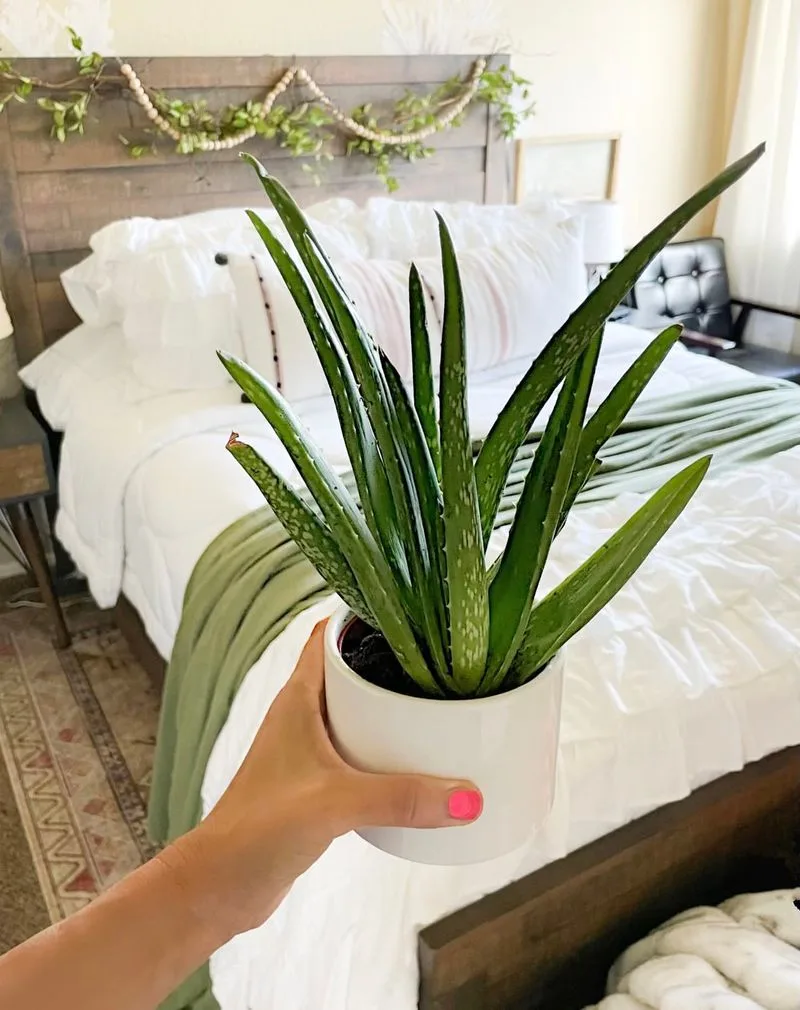
Aloe vera is more than just a soothing gel for sunburns. This succulent thrives in hot, dry climates, where its fleshy leaves store water efficiently. Native to the Arabian Peninsula, aloe vera is now found in households worldwide, appreciated for its medicinal properties and easy care. Its ability to endure heat makes it a staple in desert gardens and indoor pots alike. Aloe’s appeal extends beyond its resilience; its gel is used in skincare and healing ointments, making it both a practical and attractive addition to any plant collection.
Hosta
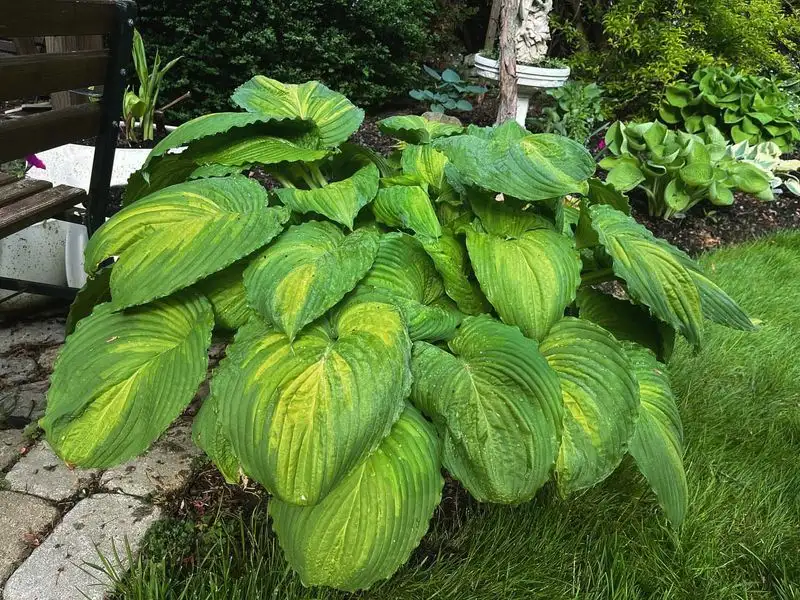
Hostas are often the pride of temperate gardens, admired for their leaves. Yet, they falter when faced with extreme heat. Their lush foliage, ideal for shady spots, quickly wilts under relentless sun. Despite their charm in cooler climates, hostas demand careful placement away from harsh rays. Originating from Japan and Korea, these plants thrive with moisture and shade. In hot regions, gardeners often protect hostas with mulch and strategic positioning. While they add beauty to shaded gardens, their aversion to heat makes them unsuitable for sun-drenched landscapes.
Impatiens
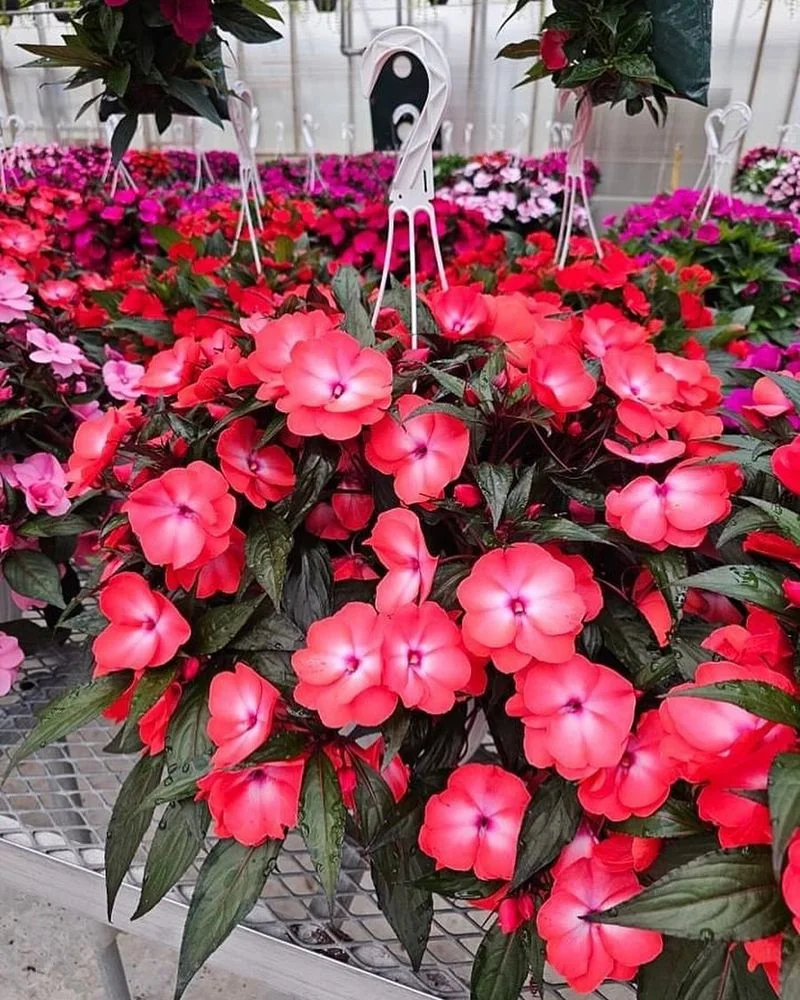
Impatiens add vibrant color to gardens but shy away from intense sunlight. Known for their bright blooms, these plants falter when exposed to heat. They thrive in shaded areas, where their colors can shine without the risk of wilting. Originally from East Africa, impatiens love moisture, making them perfect for shady, damp corners of the garden. While they offer a burst of color, they require monitoring to ensure they don’t dry out. In hot climates, impatiens need attentive care to maintain their vivid display, often thriving only in protected spots.
Ferns

Ferns, with their intricate fronds, are a favorite in cool, shaded gardens. However, they struggle under direct sunlight, which can scorch their delicate leaves. These plants originate from damp, forested areas, where shade and moisture are abundant. In hot climates, they need extra care, thriving best in low-light conditions with consistent watering. While ferns can add a lush feel to shaded areas, gardeners in hot regions must ensure protection from direct sun to prevent damage. Their preference for cool, moist environments makes them more suited for indoor or shaded planting.
Japanese Maple
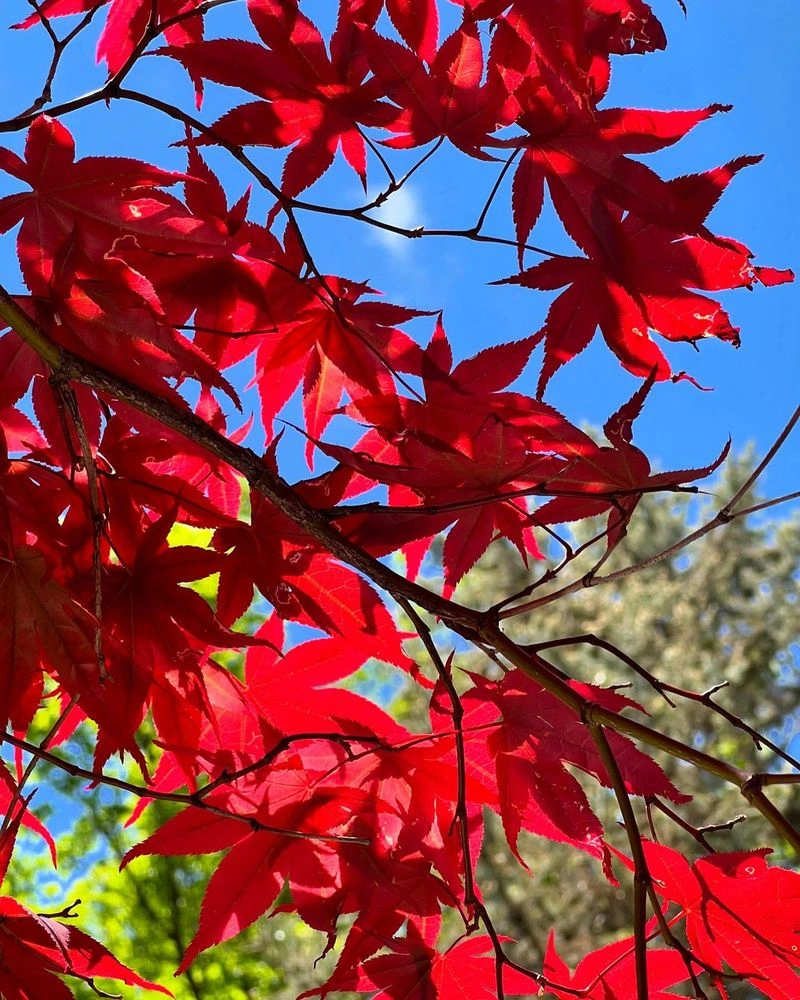
Japanese maples are cherished for their exquisite foliage and graceful form. However, these trees are not fans of extreme heat, often showing leaf scorch when exposed to too much sun. Native to Japan, they thrive in cooler climates with filtered sunlight. In hot regions, gardeners must provide shade and adequate water to keep them healthy. Despite their need for careful placement, Japanese maples reward with stunning leaf color changes through the seasons. Their elegance makes them a prized specimen in gardens, provided their aversion to heat is taken into account.
Astilbe
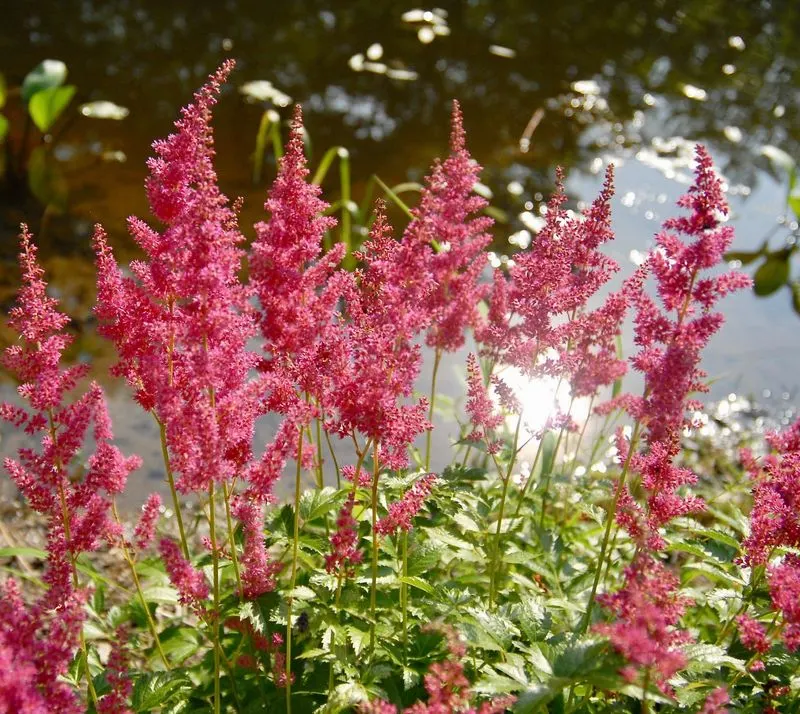
Astilbe dazzles with its feathery blooms in shaded gardens but wilts under harsh sunlight. These perennials are known for their love of moisture and shade, making them perfect for woodland settings. Originating from Asia and North America, astilbes require well-drained, consistently moist soil to flourish. In hot climates, keeping them away from direct sun is essential. While their plumes of flowers attract attention, they demand a cooler environment to thrive. Gardeners in sunny regions often struggle to maintain astilbe’s beauty without ample shade and water.
Bleeding Heart
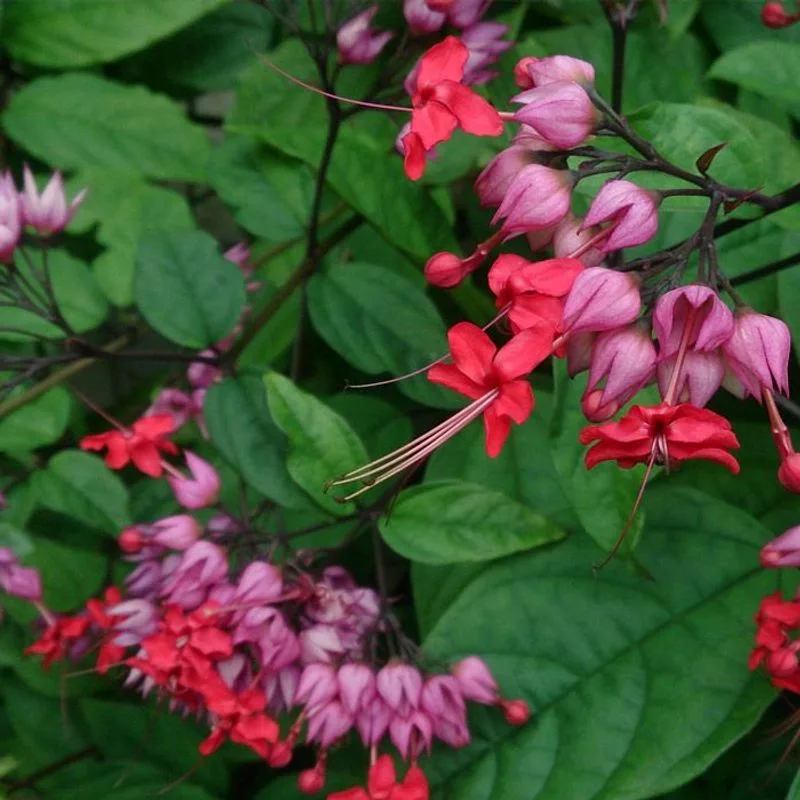
Bleeding hearts captivate with their heart-shaped flowers but are vulnerable to heat. These plants prefer cool, shaded areas where they can thrive without stress. Originating from Asia, bleeding hearts require moist, well-drained soil to maintain their charm. In hot climates, they often retreat into dormancy if exposed to excessive sun. Their delicate appearance belies a need for protection from harsh conditions. Gardeners who cherish their romantic blooms must ensure a shaded spot, lest they find these plants struggling. Despite their beauty, they are a challenge in sunny gardens.
Begonias
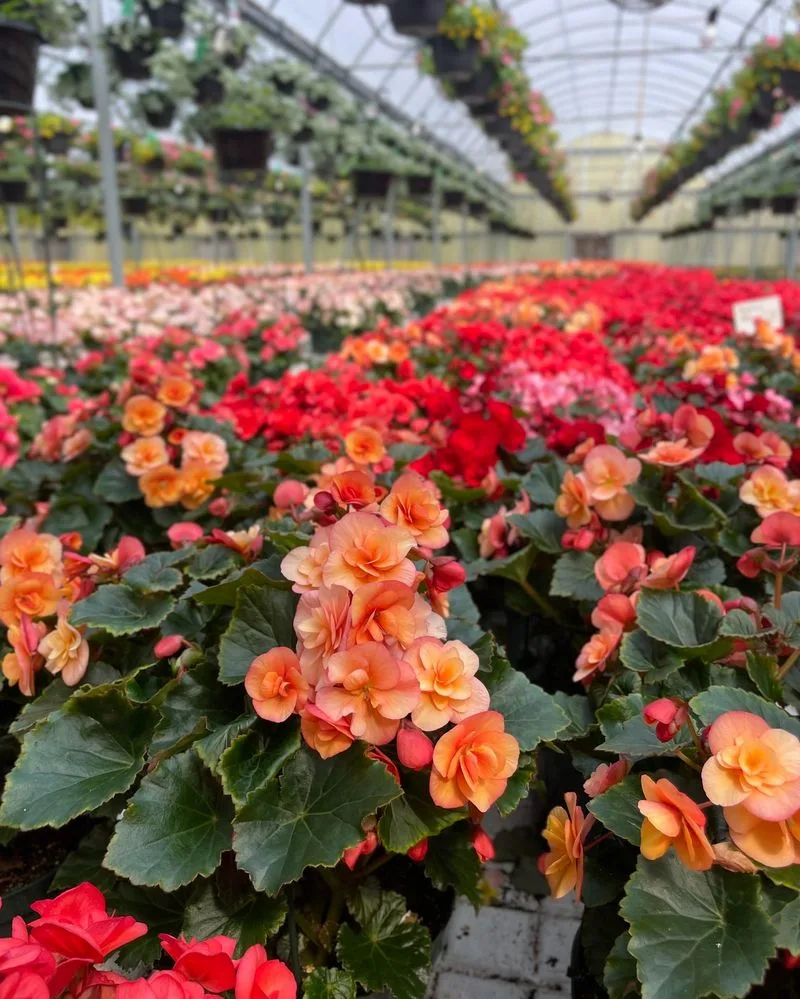
Begonias are beloved for their blooms and foliage but falter in full sun. These plants thrive in filtered light, where their colors can be best appreciated. Originating from tropical regions, begonias need protection from intense sun, which can cause leaf burn. They prefer moist, well-drained soil and are often grown as annuals in hot climates. While they offer stunning floral displays, care must be taken to shield them from harsh rays. In gardens with limited shade, begonias require thoughtful placement and consistent watering to flourish.
Caladium
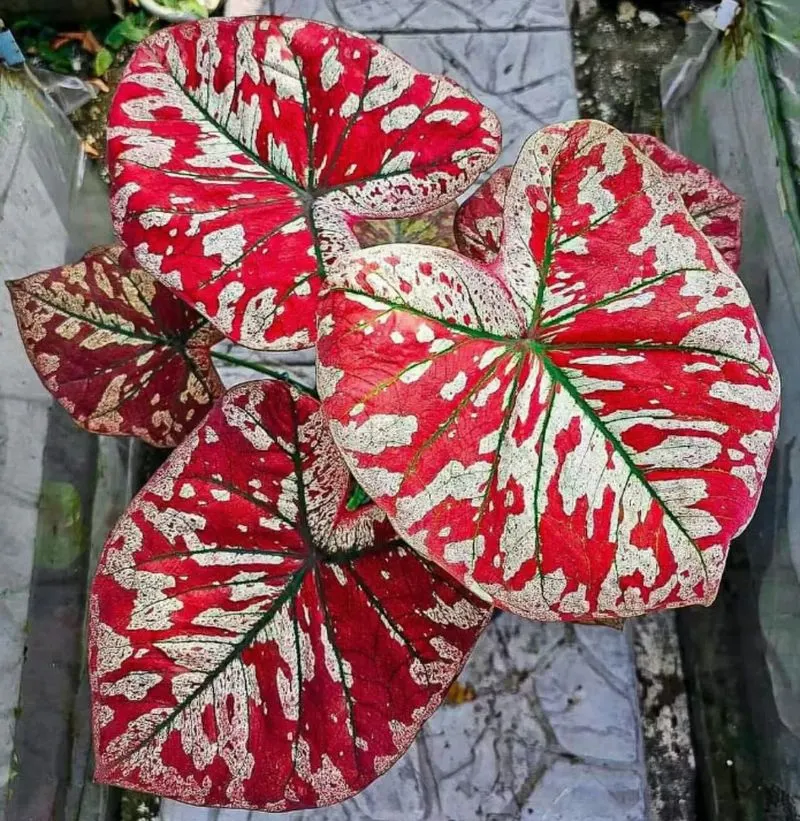
Caladiums are celebrated for their colorful, heart-shaped leaves but are sun-sensitive. They thrive in shaded areas, where their vibrant colors can flourish without the risk of scorching. Native to South America, caladiums prefer humid, sheltered locations. In hot climates, they need protection from direct sunlight to prevent leaf burn. These plants require regular watering to maintain their vivid appearance. While caladiums can brighten a garden with their striking foliage, they demand careful attention to light and moisture conditions to thrive in sunnier regions.
Hydrangea
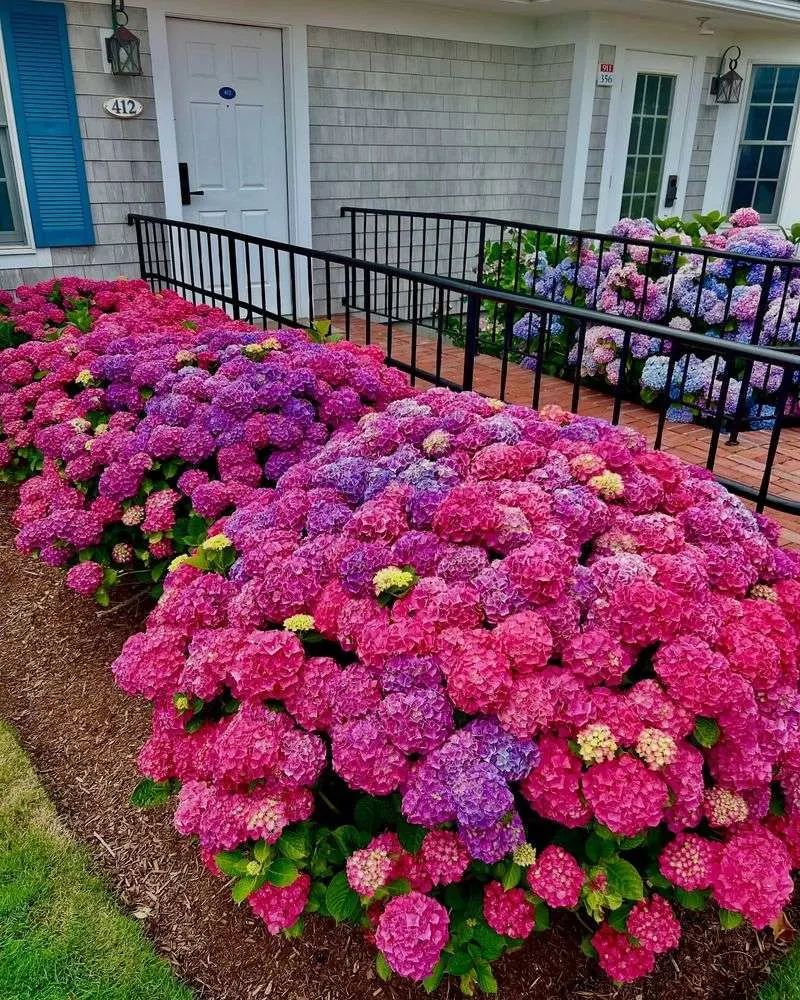
Hydrangeas are adored for their showy blooms but struggle in excessive heat. They thrive in partial shade, where their flowers can remain vibrant without wilting. Originating from Asia and the Americas, hydrangeas prefer moist, well-drained soil. In hot climates, they require extra care, including regular watering and protection from direct afternoon sun. Despite their need for careful placement, hydrangeas reward with stunning floral displays. Gardeners in sunny areas must ensure adequate shade and moisture to keep these plants healthy and blooming.
Fuchsia
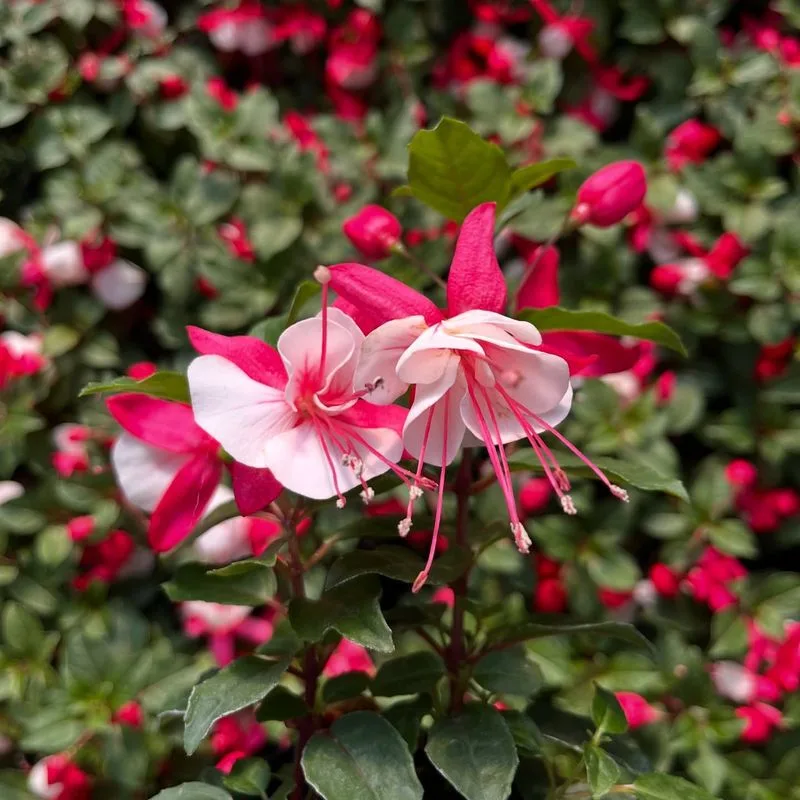
Fuchsias are prized for their delicate, pendulous blooms but dislike intense heat. These plants thrive in cool, shaded environments, where they can develop their exquisite flowers without stress. Native to Central and South America, fuchsias need regular watering and protection from direct sun. In hot climates, they often require additional shading to prevent wilting. Despite their beauty, they pose a challenge in sunny gardens, demanding careful attention to light and moisture. Gardeners who provide the right conditions are rewarded with a spectacular floral display.

